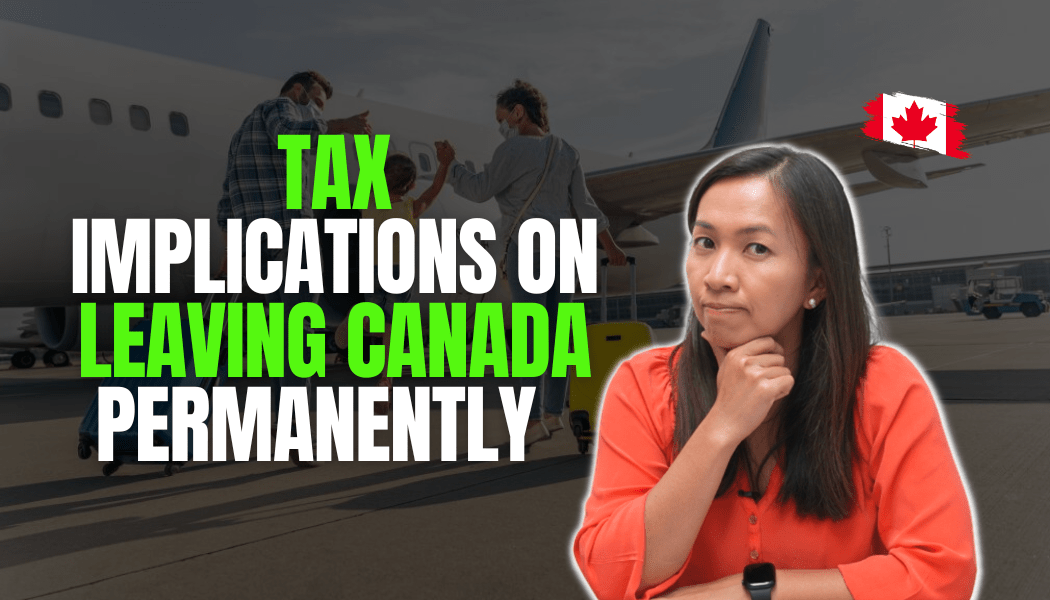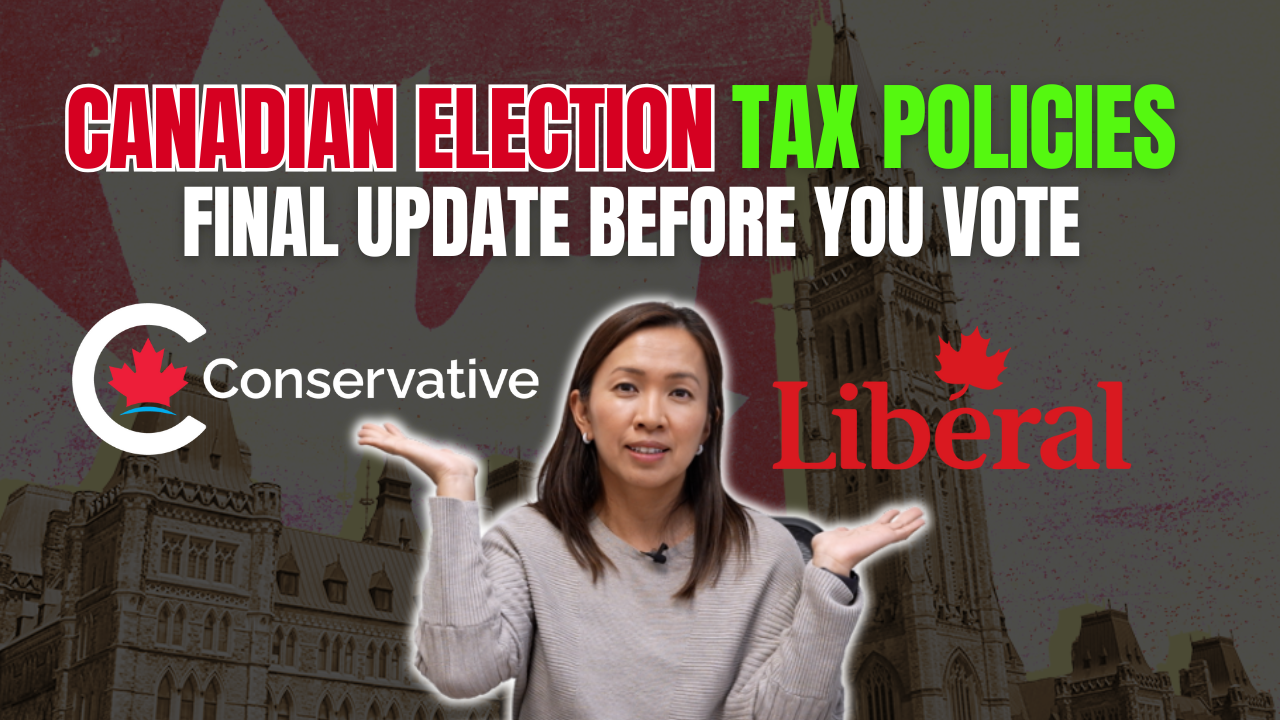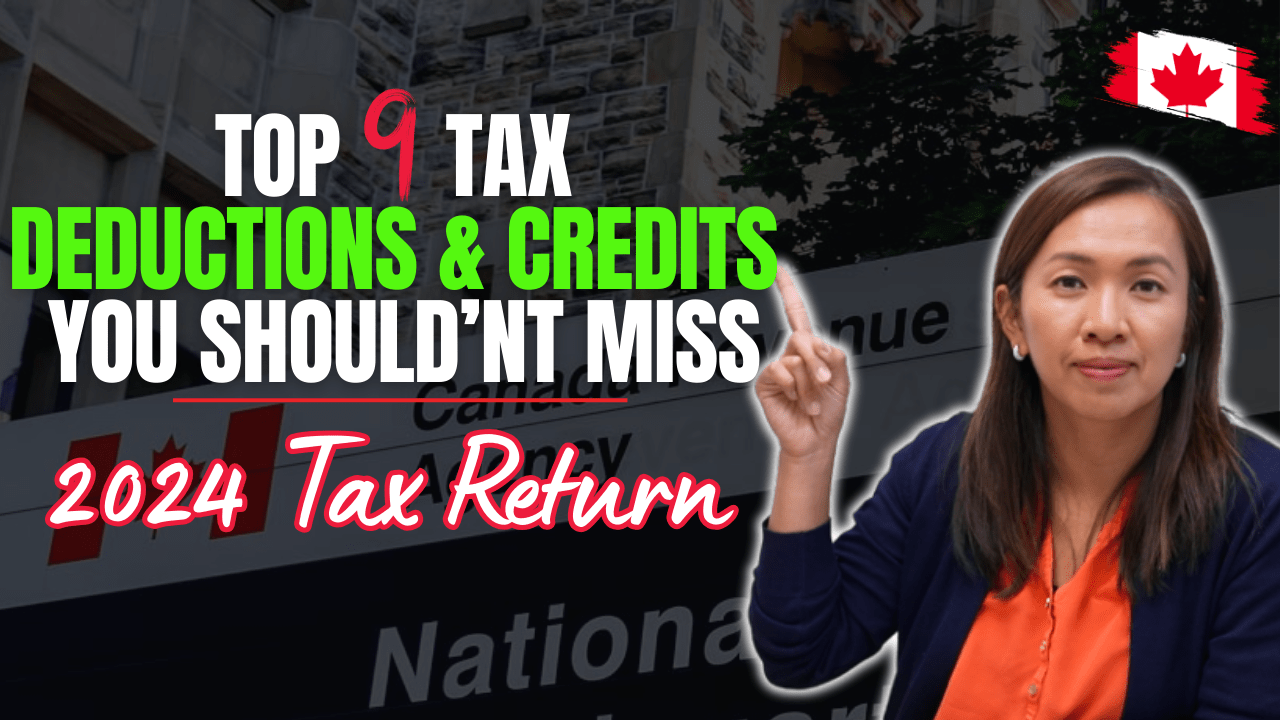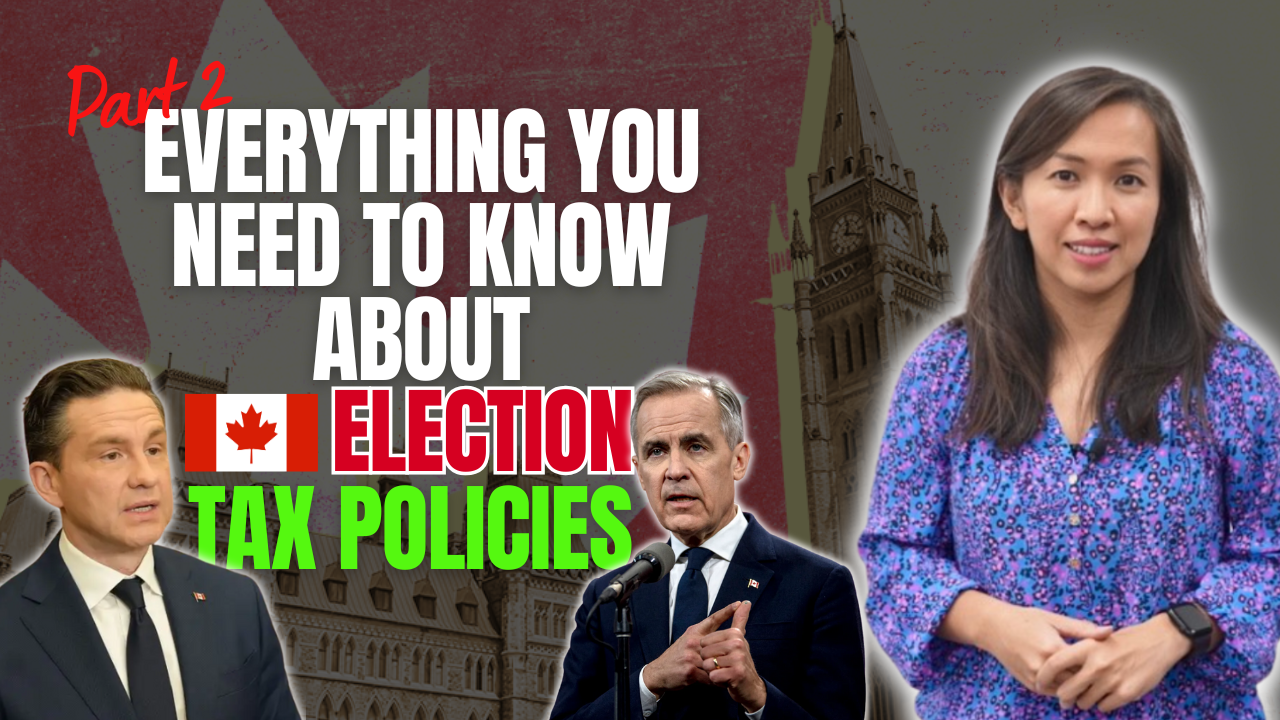Last week, we clarified what it means to be a Canadian tax resident and how to determine if someone is a Canadian tax resident based on it’s residency ties. This week we are talking about departure tax & ongoing tax filing obligations.
Here’s what we discussed last week:
Residency ties that CRA uses to help you determine if you’re still considered as Canadian tax resident:
- Important to establish that you are non-resident if you don’t want your income to be taxed in Canada
- You might not care if you are considered tax resident of Canada if you are not planning to make much money outside of Canada.
- If you’re a Canadian tax resident, that means you are taxed on worldwide income. Yep, if you earn money from Barbados, you need to report them in your tax return. If you earn money in Thailand, you need to report it in your tax return.
- Canadian government determine your residency based on residential ties in Canada
- Factors that demonstrate residential ties are:
- Significant one:
- Home in CanadaSpouse/common-law partner in CanadaDependents in Canada
- Secondary ties
- Personal properties in Canada, car furniture, etc.
- Social ties in Canada (memberships, religion organizations)
- Economic ties in Canada (Canadian bank accounts and credit cards)
- Canadian driver’s license
- A Canadian passport
- Health insurance with a Canadian province or territory
- Significant one:
- If you don’t have significant residential ties in Canada, and you stay in Canada for 183 or more days in the year, you can still be considered a deemed resident of Canada. ☹
What does that mean if you want to become a non-tax resident of Canada?
- Need to sever the residential ties
- Shouldn’t have a home in Canada – you should sell it or you should rent it out
- Your dependents or spouse should be with you
- Get rid of your personal properties and membership
- Consider getting rid of your Canadian driver’s license, passport and health insurance
- Do not stay in Canada for over 183 days
You might also be entitled to some residency tie-breaker rules, assuming you have another permanent home in a different country. Again, when in doubt, speak to someone who understands the rules to help you out.
Now, onto this week’s topic – departure tax & ongoing tax filing obligations:
To become a non-resident of Canada, you are required to pay something that’s common known as “Departure tax”. Just like when we pass away as Canadian, we are deemed to dispose almost all the assets that you own when we decide to leave Canada.
The assets that are excluded include:
- Real estate properties in Canada
- Property used in business carried on in Canada
- RRSP
- RRIF
- TFSA
- First time Home Saving Accounts
- RESP and RDSP
If you have a balance outstanding on your Home Buyers Plan or Lifelong Learning Plan, you must make the repayment to avoid such balances being taken into income.
The assets that are subject to deemed disposition rule:
- Investments held in non-registered accounts
- Shares of a private corporation
- Real Estate outside of Canada
- Interest in partnership
What does that mean by deemed disposition?
- For publicly traded shares investment, say you purchase the shares in a non-registered account for $20,000. Now you decide to leave Canada, the shares are worth $25,000, but you are not ready to sell it yet. The Income Tax Act deems that you have disposed your shares at fair market value at the time when you become non-resident, even though you have not sold the shares to anybody.
- In this case, you are required to report $5,000 capital gain on your last year’s Canadian tax return.
- If you own your rental properties in a Canadian private corporation, chances are, you’re required to pay capital gain tax on the deemed disposition of shares – which is substantial. The good news is that CRA allows you to put up security in exchange of paying the capital gain tax on deemed disposition of shares.
- Again, the process of putting up your properties as collateral to CRA to avoid immediate capital gain tax on deemed disposition of shares can be quite lengthy and cumbersome. Planning is required.
What happens when you ultimately sell the shares as non-resident?
- Now that you’ve reported the $5,000 capital gain on your final return as Canadian tax resident. The new cost base of your shares is $25,000.
- When you eventually sell the shares as non-resident at $31,000, you are required to report the $6,000 of capital gain – being $31,000 – $25,000 = $6,000 of capital gain.
- On the flip side, if you incur a loss, say you sell it for $22,000, the loss of $3,000 cannot be carried back to offset against the gain you reported earlier.
- It can be used to offset against the capital gain you report in the same period though.
What happens to the Canadian rental properties that you own personally?
- If you own rental properties in your personal names, you are not required to report deemed disposition on the asset.
- However, as a non-resident, you are required to remit 25% of withholding tax based on your gross rental income to CRA at the time the rent is collected.
- If you collect $2,000 monthly rent, you’re required to remit $500 to CRA by the 15th day of the month following the month in which the rental income was received. For example, for rental income received in January, the withholding tax should be remitted by February 15.
- Imagine you have to do this remitting every month? This is definitely a pain in the rear.
- There’s a an election you can file that allows taxpayers to submit remittance based on NET rental income rather than gross rental income. In today’s interest rate, you likely will have a much smaller withholding amount to do each month. Note that the calculation of NET rental income doesn’t include capital cost allowances as an expense.
- With the election, you’re also required to file annual tax return reporting to CRA and a special form. On the annual tax return, you can claim capital cost allowances so you can claim a refund on all the withholding taxes.
- One thing worth mentioning is that you might still be exposed to additional filing obligation in your new country that you call home. Say if you move to the United States, you are still required to file US taxes on reporting the rental income. You might not have taxes to pay, but the filing obligation is still there.
What happens when you decide to sell this Canadian rental properties that you own personally?
- Selling your rental properties as a non-resident can be quite a lengthy process. You’re required to obtain a tax clearance certificate from the CRA before the full amount of proceeds can be distributed to you.
- CRA requires the buyer to withhold 25% of the purchase price or 50% of purchase price for depreciable property until the tax clearance certificate is provided by CRA.
- If the property is sold for $1M, the buyer is required to withhold about $250,000 until CRA issues a tax clearance certificate for the funds to be released.
- In order to obtain tax clearance certificate, you’ll need to tell CRA what you expect to make as capital gain from the sale of the property and send them a cheque.
- The last thing they want is that you’re getting your full amount of money and not pay the Canadian tax that you’re supposed to.
- At the end of the calendar year, you’ll also want to file a final return detailing how much you make as well as the rental income you’ve collected for the year.
- Again, similar to the rental income, you might still be required to report the sale of your Canadian rental property in your new home country, depending on the local tax law.
What happens to the properties that I own inside a Canadian corporation?
- As mentioned before, deemed disposition of shares is required, although you might be able to put up some of the underlying assets as collateral so that you won’t need to pay the entire amount up front.
- After you become a Canadian non-resident, your corporation becomes a non-Canadian controlled private corporation. The good news is that the corporation is still a Canadian corporation and therefore no withholding tax is required.
- However, you’re still required to do annual filing of your corporation.
- When you take money out from the corporation via dividend, your corporation is required to withhold 25% on dividend distributed to you and send it to CRA on behalf of you.
- Yep, there’re many hoops to jump through when you own a Canadian corporation as non-resident.
What happens to the RRSP/TFSA/FHSA and all the registered accounts?
- As mentioned before, you’re not required to collapse any of these plans when you decide to become a non-resident.
- Generally speaking, the money sitting in these registered accounts can continue to grow in a tax free environment. The growth in the plan does not trigger any Canadian income tax liability.
- If you have $100,000 sitting in your RRSP, when you become a non-resident, the money continues to earn a 5% return. That $5,000 annual return does not trigger any immediate tax liability from the Canadian side.
- You’ll not be able to continue to make RRSP contribution (except for the year of emigration – the year you’re leaving Canada).
- When you withdraw from RRSP, a 25% withholding tax would be deducted from the financial institutions that hold your RRSP. 25% is sent to the government on your behalf. A lower withholding tax amount is possible if there’s a treaty between Canada and your new home country.
- You might want to file a tax return the year you withdraw with CRA. Similar rules apply to First time home saving account holder and withdrawal.
- With TFSA, you can contribute up the amount of contribution limit before you leave. Shouldn’t continue to contribute once you become a non-resident. No tax implication on withdrawal. No tax implication on growth in the plan. However, you might be subject to tax in your new home country on any realized gain on TFSA.
What if I operate as a sole proprietor? What if I own a small business in a corporation?
- We already discussed the tax implication on deemed disposal of shares of a private corporation and the withholding tax required on distributing dividends.
- If you own a business as sole proprietor, you’re also required to dispose of your self-employed business at fair market value.
- Income tax implication from your self-employed business can be quite complicated. Make sure you sit down with us or a qualified accountant to discuss the tax implication.
As you can see, leaving Canada permanently it quite an undertaking and it also requires a lot of planning and tax filing ahead of time.
It’s important to have a consultation with a professional accountant to have a clear understanding before moving forward. Sometimes, it might be worthwhile to remain as Canadian tax resident because of the complication and costs involved.
Until next time, happy Canadian Real Estate Investing.
Cherry Chan, CPA, CA
Your Real Estate Tax Accountant





